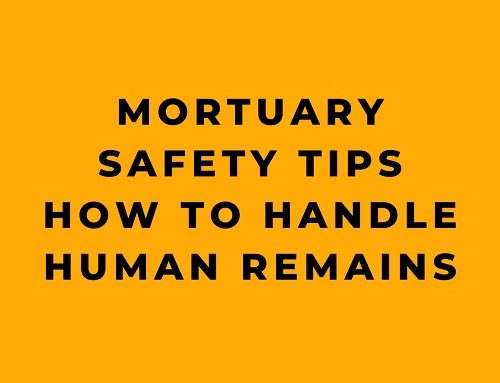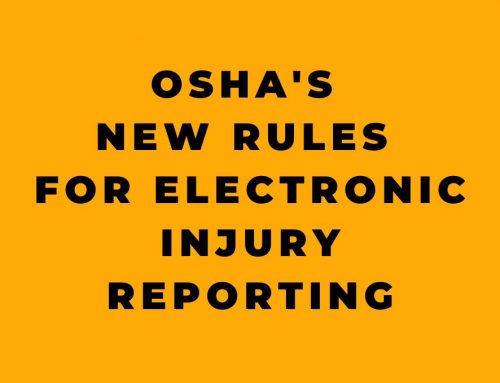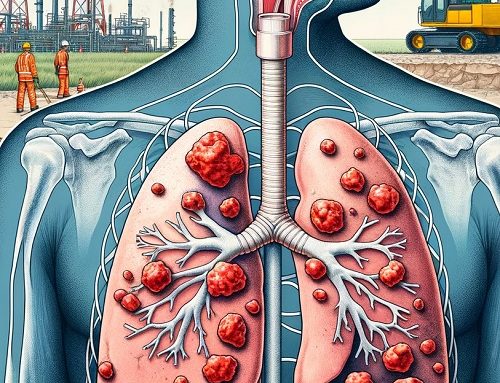In the early 1900s, with the realization of industrialization’s potential for inflicting harm on workers’ health came a need to create an organization dedicated solely to protecting these individuals. Consequently, this prompted the emergence of The Council on Industrial Health of the American Medical Association (AMA). Here, physicians could come together and deliberate how best to protect employees from hazardous work conditions, ultimately leading to solutions safeguarding their welfare.
During the industrial revolution, countless workers were challenged with health issues due to their work in factories and other industries. To name a few: respiratory disorders, musculoskeletal injuries, and hearing loss. That’s why The Council on Industrial Health was created—to protect employees from these hazardous conditions by furnishing physicians with guidance on how to tackle them head-on.
The Council on Industrial Health was a critical component of the American Medical Association’s mission to safeguard public health and defend workers. This council collaborated closely with other organizations, like OSHA and NIOSH, to create laws and standards which would mitigate any potential harms from industrial labor.
The Council’s crowning achievement was formulating the 1955 AMA Code of Ethics for Occupational Medicine. This important document emphasized how integral it is to safeguard workers’ health, protect their wellness, and serve those with work-related illnesses or injuries in a manner that embodies ethical principles. It has become an indispensable reference tool for physicians who practice occupational medicine.
The Council on Industrial Health was an essential contributor to the AMA’s policies on environmental health, as well as its work in occupational health. Through its efforts, it raised public cognizance of how pollution can impact our well-being and advocated for laws protecting nature and human health.
The Council on Industrial Health was a pivotal element of the AMA’s push for worker safety and public health in the early 1900s. Their work with occupational and environmental health set up numerous guidelines that are still applicable nowadays, making their efforts timelessly influential.









